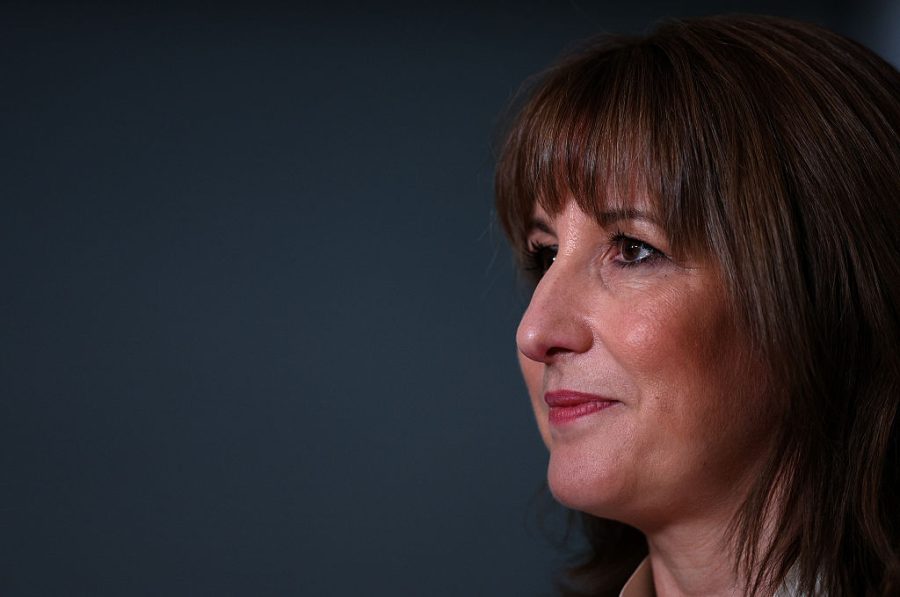
Kenya
Here’s why house-hunting in Nairobi, where I can’t afford to buy even a bedsit these days, gives me flashbacks of a famine in Somalia long ago. It’s dawn in 1992 and I’m on a Red Cross lorry touring the camps of Baidoa, collecting the 400 corpses of those who died overnight. The body truck tours Baidoa every dawn. I take notes and hope my Reuters dispatches will stir people to help end this catastrophe in a faraway African war.
Months later, I accompany a food convoy out of Baidoa, escorted by US Marines in armoured vehicles. After the Americans and TV cameras depart with this feel-good story, Somali militias appear and steal all the food from the famine survivors. And that’s the way it always was. A favourite Somali trick was to establish a local charity, or NGO, with a fancy name that included the words ‘children’ and ‘food’ and that could ‘partner with international stakeholders’. Aid got diverted and markets were full to the brim with US grain, cooking oil and sugar, while people expired in the dust outside.
Less than a year after that Baidoa convoy was looted, the bodies of American servicemen were being mutilated and dragged around the streets of Mogadishu in the aftermath of the Black Hawk Down battle. Soon afterwards, US forces evacuated Somalia in disgust – but at the same time Washington invited ever greater numbers from this beleaguered nation to settle in Minnesota. Millions of refugees headed for the West, the Middle East and African neighbours such as Kenya.
In subsequent years I made frequent trips back to Somalia. It became a battleground for jihadists, western special forces, African contingents and a useless international aid effort led, shock horror, by the United Nations. Anyone who knows me will confirm that I have a deep lifelong love of Somalia, and many dear Somali friends. These friends would be the first to admit that most of the $30 billion, or thereabouts, donated to Mogadishu in the past three decades was looted by Somalis, if it wasn’t misspent or stolen by corrupt UN officials. Today the money has run out, international forces are pulling back and al Shabaab are at the gates of the capital. As with Mali and other African states gripped by jihadism, some predict a repeat of Kabul, though few outsiders will care if the lights go out again.
Instead of sending all their money to Somalia, the Minnesota fraudsters developed a liking for Kenyan property
Meanwhile, in Minnesota, scams that resulted in the theft of hundreds of millions – possibly more – from US taxpayers have been in the news a great deal. More than 70 mainly ethnic Somalis have faced charges linked to a local charity, Feeding Our Future, which pretended to feed underprivileged children during Covid. Invoices were inflated and almost nothing went to kids, but $250 million was stolen, with much of it being sent in money transfers. Abdiaziz Farah, now serving 28 years in jail, even sent boxes of cash to his brother Ahmednaji Sheikh in Kenya. ‘You are gonna be the richest 25-year-old Inshallah,’ crowed Abdiaziz. Other scams involved stealing housing benefits, and Asha Farhan Hassan is charged with stealing $14 million from a Minnesota programme to care for children with autism. Her ruse involved bribing families to enrol their kids for autism treatment by her clinics for which she submitted inflated claims.
Aimee Bock, the head of Feeding Our Future, accused the authorities of ‘systemic racism’. Various local politicians either spoke up for some of these criminals or received donations from them. Now Donald Trump has waded in and said he’s closing down the ‘protected status’ of a few hundred Somalis. This has brought him into a war of words with Ilhan Omar, the Minnesota Democrat congresswoman who once said: ‘Our country should be more fearful of white men… because they are actually causing most of the deaths within this country.’
Back to my flat-hunting in Nairobi, since I cannot do a thing about the foolishness unfolding in Minnesota. It turns out that around two-thirds of all property purchases in Kenya’s capital are made in cash. Instead of sending all their money to Somalia, the Minnesota fraudsters developed a liking for real estate in Kenya, where they purchased flats, houses, land, beach plots, boats and fast cars. They even invested in an estate agency.
It’s somewhat unclear to me what impact the gazillions from Minnesota had on prices in the Nairobi market. However, around the same time as the 1992 Somali famine I bought a half-share of a house for just over £50,000. Sadly I sold it a couple of years later. Today it’s worth £3 million.








Comments